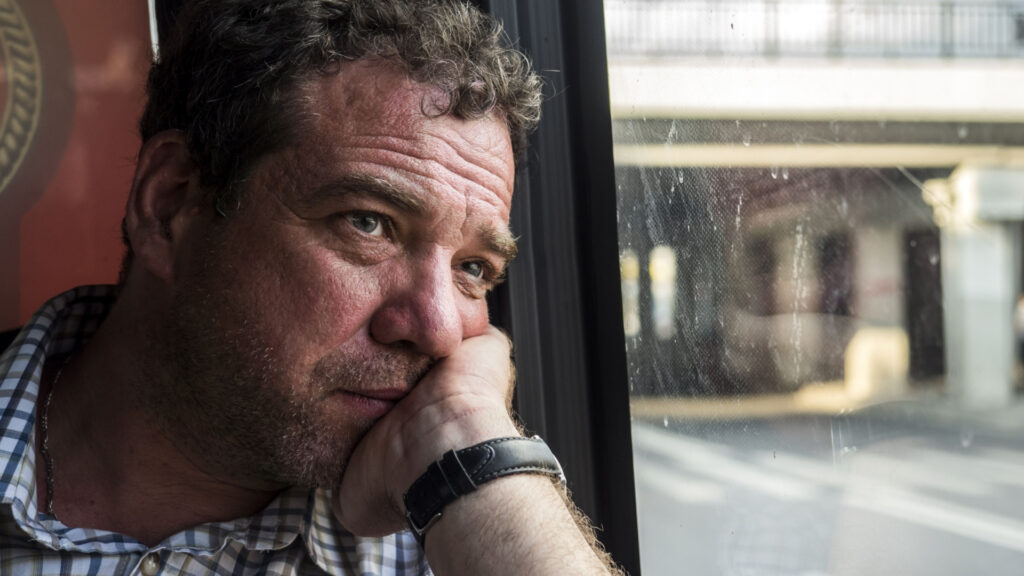
Untreated mental health stifles economy in Indiana

Although there is a growing awareness of mental health issues, a significant number of individuals still find themselves unable to access the help they desperately need. The impact ripples through families, workplaces, and communities, contributing to a collective struggle that often goes unnoticed.
This untreated mental illness has caused the state of Indiana to lose 4.2 billion dollars.
When recognizing the consequences of unmet mental health needs, we must reflect on our societal priorities and values. The toll of untreated mental health conditions not only manifests in individual suffering but also manifests as a broader societal and economic challenge that demands our attention.
Around 400,000 people in Indiana are battling an untreated mental illness. Mental disorders pose a significant risk to physical well-being and increase susceptibility to chronic conditions like diabetes, heart disease, and stroke, as highlighted by the U.S. Centers for Disease Control and Prevention. In addition, untreated mental illnesses contribute to societal challenges, including homelessness and involvement with crime.
Research also suggests that mental illness can become a financial burden as well. A 2008 study estimated that untreated mental illness incurs a staggering cost of nearly $193 billion annually in lost earnings across the United States. Recent research specific to Indiana reveals a financial toll of $4.2 billion in 2019 alone.
Quantifying the economic impact of untreated mental illness is a challenging task. Heather Taylor, the lead author of the study conducted at Indiana University Purdue University Indianapolis, explained the difficulty in measuring the costs associated with individuals with little or no interaction with the healthcare system.
The $4.2 billion loss equates to over $600 per Indiana resident. She arrived at this number by looking at the premature deaths of individuals who couldn’t contribute to the economy, the diminished wages and productivity resulting from missed work days due to mental health issues, and the added financial strain on the overburdened criminal justice system and homelessness resources compelled to allocate extra funds for mental health services.
Taylor emphasizes that untreated mental health conditions result in more than just financial losses; they also represent a loss of approximately 100,000 jobs annually. The absence of appropriate access to mental health treatments compounds the economic burden, with individuals unable to contribute effectively to the workforce.
While there are individuals who choose not to seek help for their mental health, being unable to access care due to individual and systemic issues is more often the case. Marion Greene, a researcher studying behavioral health sciences at IUPUI, notes that progress has been made in reducing stigmas around substance use and mental illness. However, stigmas persist, especially within communities of color, hindering open discussions about mental health.
Nationally, over half of the 50 million people with mental illness do not receive treatment. In the Midwest, similar patterns emerge, with 69 percent of people with mild mental illness in Indiana and 45 percent of those with severe mental illness in Oklahoma going untreated in 2018.
In Indiana, the landscape of mental health can vary across counties. In Marion County, nearly two-thirds of serious mental health needs, including clinical depression, schizophrenia, and bipolar disorder, are unmet. A combination of factors, such as unreliable transportation, limited access to technology, and insufficient insurance coverage, contributes to the treatment gap.
Insurance coverage stands as a significant obstacle to mental health care. In a recent survey, costs were cited as one of the primary hurdles for individuals with mood disorders. The financial strain of therapy and medication makes it unaffordable for many.
Furthermore, Community Mental Health Centers, designed to serve those below the federal poverty level, face challenges meeting high appointment demands with limited providers. In Indiana specifically, there are 560 individuals to one healthcare provider.
To address these challenges, Indiana lawmakers unanimously passed Senate Bill 1, marking the first time in the state’s history that behavioral health became the top legislative priority. The aim of this law is to expand community mental health services, address insurance reimbursement issues, and establish a sustainable crisis hotline.
Denise Senter, Director of Mental Health Education and Innovation at Reach for Youth, encourages open conversations about mental health to destigmatize seeking help. Such dialogues can occur within social networks, fostering an environment where individuals feel comfortable discussing their struggles. Additionally, mentorship can provide valuable support for those facing difficulties accessing mental health providers.
While legislative efforts such as Senate Bill 1 mark progress, there is a consensus that more needs to be done to address the issues surrounding mental health in Indiana.
Through collective efforts, open conversations, and continued legislative actions, Indiana can strive to create a future where mental health is prioritized and no one suffers in silence.

